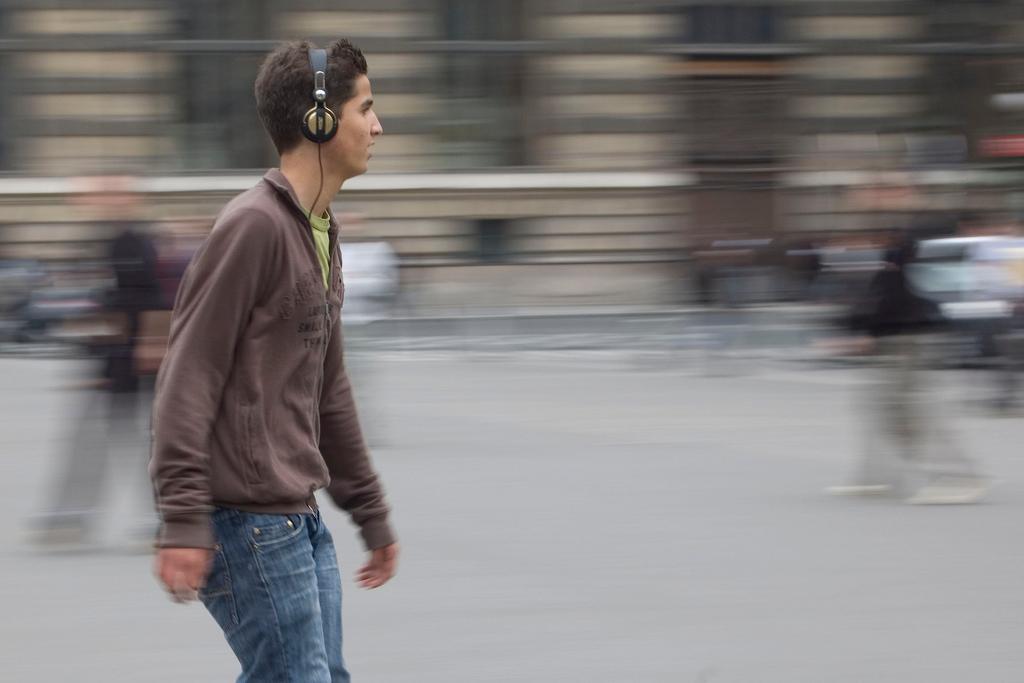Research shows sounds can influence how people taste food
Listening to music while eating can influence how you perceive the taste of food, new research shows. (Photo by Flickr user lvf8, cc-by-sa.)
Oxford University psychologist Charles Spence studies human senses and how they interact.
In recent studies, he had people smell wines and sample chocolate, and then match the different aromas and flavors to different musical sounds. He found that people tend to associate sweet tastes with high-pitched notes and the sounds of a piano. People match bitter flavors with low notes and brass instruments.
Spence wondered if he could put his findings to use in reverse. Could he use music to influence what people smell or taste?
To find out, he conducted another study. He had volunteers eat several pieces of toffee while listening to music. One soundscape was composed of “sweet” sounds, the other of “bitter” sounds.
Spence asked the volunteers to rate the sweetness or bitterness of each piece of toffee. All of the toffee was the same, but the volunteers perceived the pieces differently.
“We were significantly able to change the rating of the bitterness and sweetness of the food depending on the sound they were listening to,” Spence said.
Daphne Maurer, a developmental psychologist at McMaster University in Canada, said the results illustrate an important fact about how we experience the world.
“Our senses are not as separate as we used to believe,” she said.
Maurer is an expert on a rare condition called synesthesia, which causes a person’s senses to overlap in unusual ways. For example, people with synesthesia might see different colors when listening to different musical notes.
Maurer said the new study of music and taste suggests that we all have a touch of synesthesia, though “it rarely influences our conscious perception.”
It may influence our sub-conscious perceptions, however.
James Petrie, a chef at the Fat Duck, the British restaurant that made the toffee for Spence’s experiment, said he was fascinated by the study results, but isn’t surprised that sound influences taste.
“We do have one dish on the menu where we use sound,” Petri said.
It’s a dish called the Sound of the Sea. It consists of edible sand made of tapioca and miso oil, sashimi, and edible foam made of seaweed stock.
“We serve [it] with an iPod that has the sound of the seaside, with the waves lapping onto the shore and with a seagull flying above,” he said.
Petrie says when diners eat that dish while listening to the sound, they say it makes the food taste fresher. He’s even seen diners cry. They tell him the sound evokes not only flavors, but memories of time spent by the sea.
(Soundscapes courtesy of Condiment Junkie)
